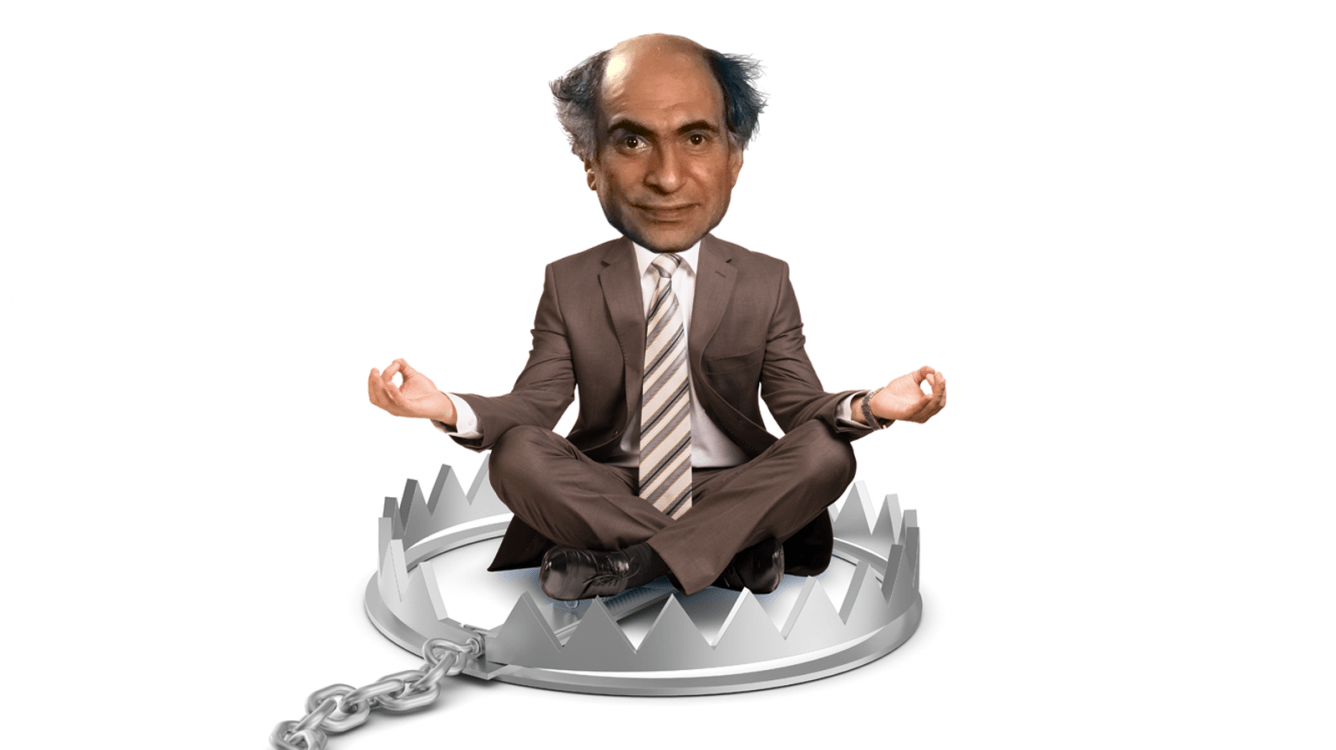
When Chess Traps Go Wrong
There is a very interesting situation that happens sometimes in chess. A player sets a trap and gets very excited when his opponent falls for it. Unfortunately, the euphoria is very short-lived since it turns out that there is a big hole in the trap and the "naive" opponent saw it in advance, so the hunter becomes the prey!
Here is a good example. In the following game, GM Magnus Carlsen's opponent left his central pawn unprotected as early as move four! Can the World Champion accept the gift?
When your opponent is a grandmaster rated well over 2700 it is very unlikely that he blunders a pawn like that. Besides, it is a well-known opening trap, so Carlsen didn't take the pawn and won the game:
13 years ago I wrote an article, where I mentioned that even if White falls into this trap, he can still set up a trap of their own:
I also wrote that if instead of the greedy move 6...cxb5?? which allows a checkmate in one move, Black plays 6...d5! they still win a piece. So, my point was that even though White falls into a trap, he can set his own trap which Black avoids by 6...d5! The ever-attentive Chess.com readers immediately pointed out that I myself fell into a trap! The move 6...d5 deserves a question mark and not an exclam! Can you see why?
Therefore, in order to win a piece, Black should play 6...d6! instead of the hasty 6...d5?
I am sure that many of you remember the famous "battle of wits" scene from the old classic The Princess Bride:
Vizzini's last words were: "Never go in against a Sicilian when death is on the line!" A chess version of his statement would probably be "never try to outsmart GM Mikhail Tal in tactics." The Magician of Riga really loved to "fall" for his opponent's trap only to demonstrate an unexpected idea that would completely turn the table. The next game is a good example.
In the following position, Tal asked himself: "how could my very strong opponent blunder an exchange after a simple combination starting with 27...Nxe2? Of course, he quickly discovered the trap and then found a refutation. Compare yourself with Tal. Can you find White's idea and also how Tal managed to refute it?
A very similar battle of wits happened last week in the FIDE Grand Prix tournament. Super GM Alexander Grischuk left his e6-knight unprotected. What happens if Black accepts the gift?
It was easy, wasn't it? I am sure that Grischuk didn't really hope that his extremely strong opponent would fall for it. But you never know in chess. I remember that I couldn't believe my eyes when GM Alexei "Fire On Board" Shirov fell into an identical combo:
Let's get back to the original game. Of course, GM Dmitry Andreikin didn't blunder a checkmate in two moves. Instead, he discovered a hidden hole in White's idea. Can you find it?
In the game, Black quickly converted his material advantage into a win:
So next time you see that your opponent sets a trap, remember this article and try to find a hole in your opponent's idea, just like Tal and Andreikin did!



